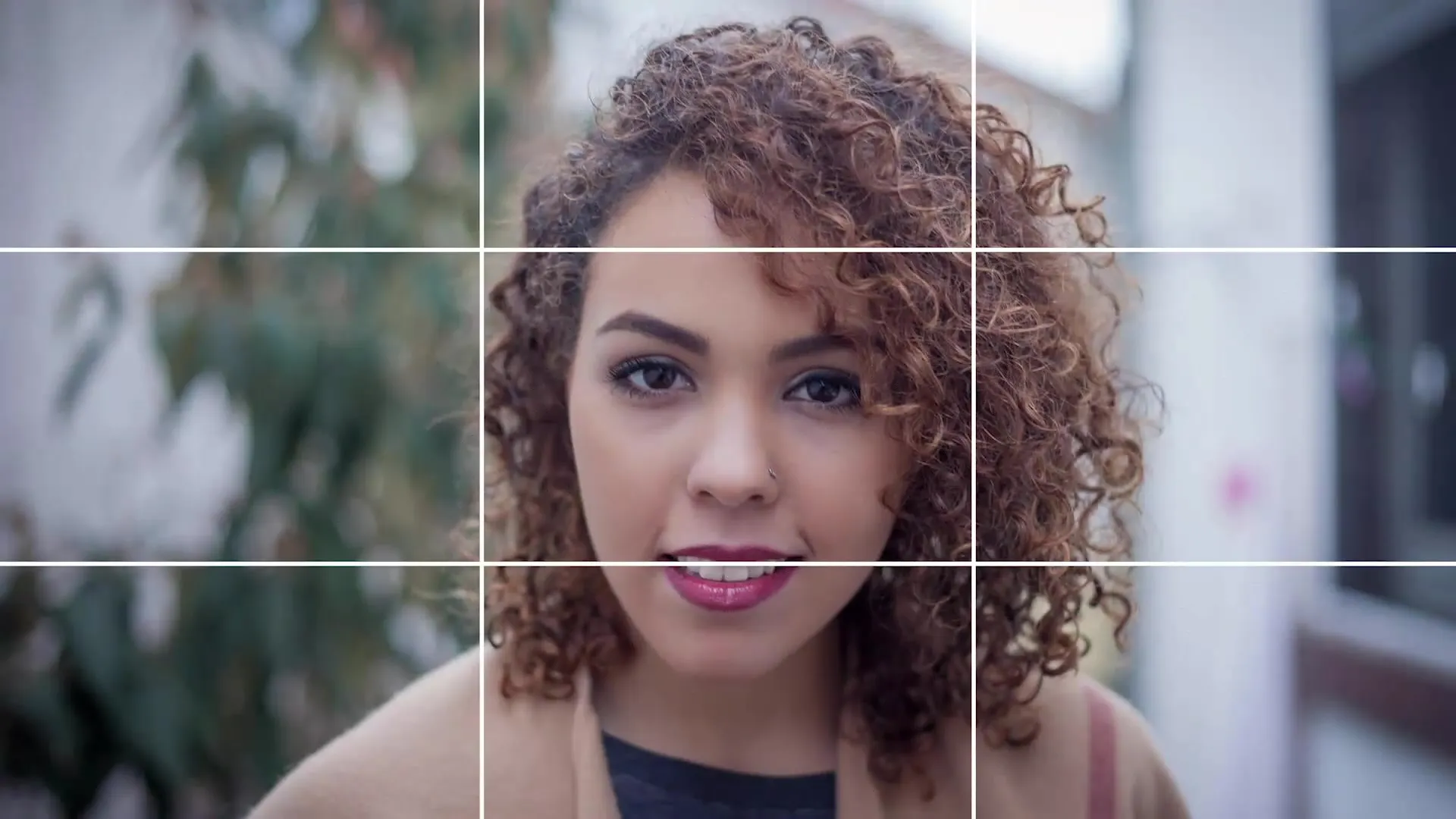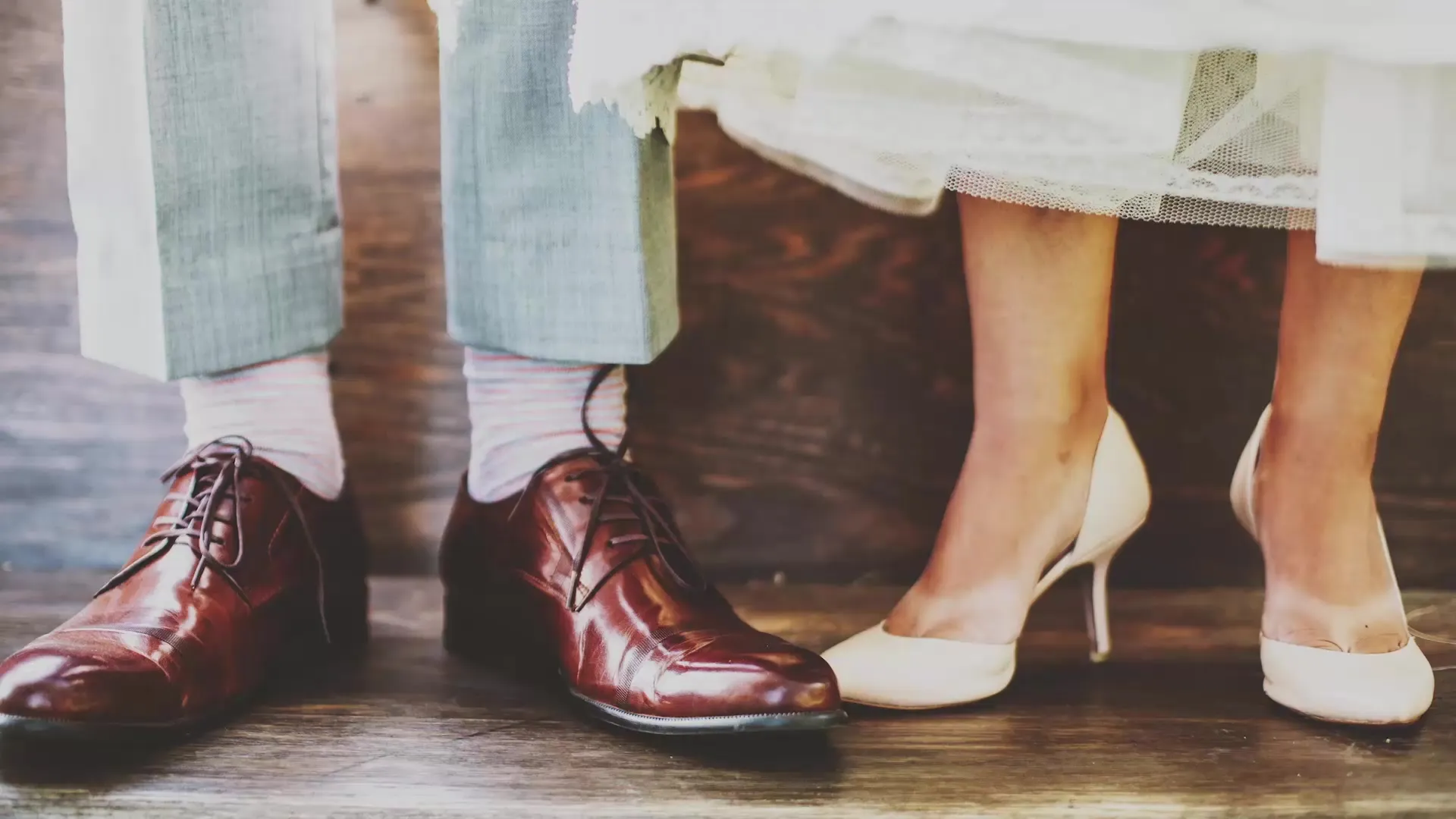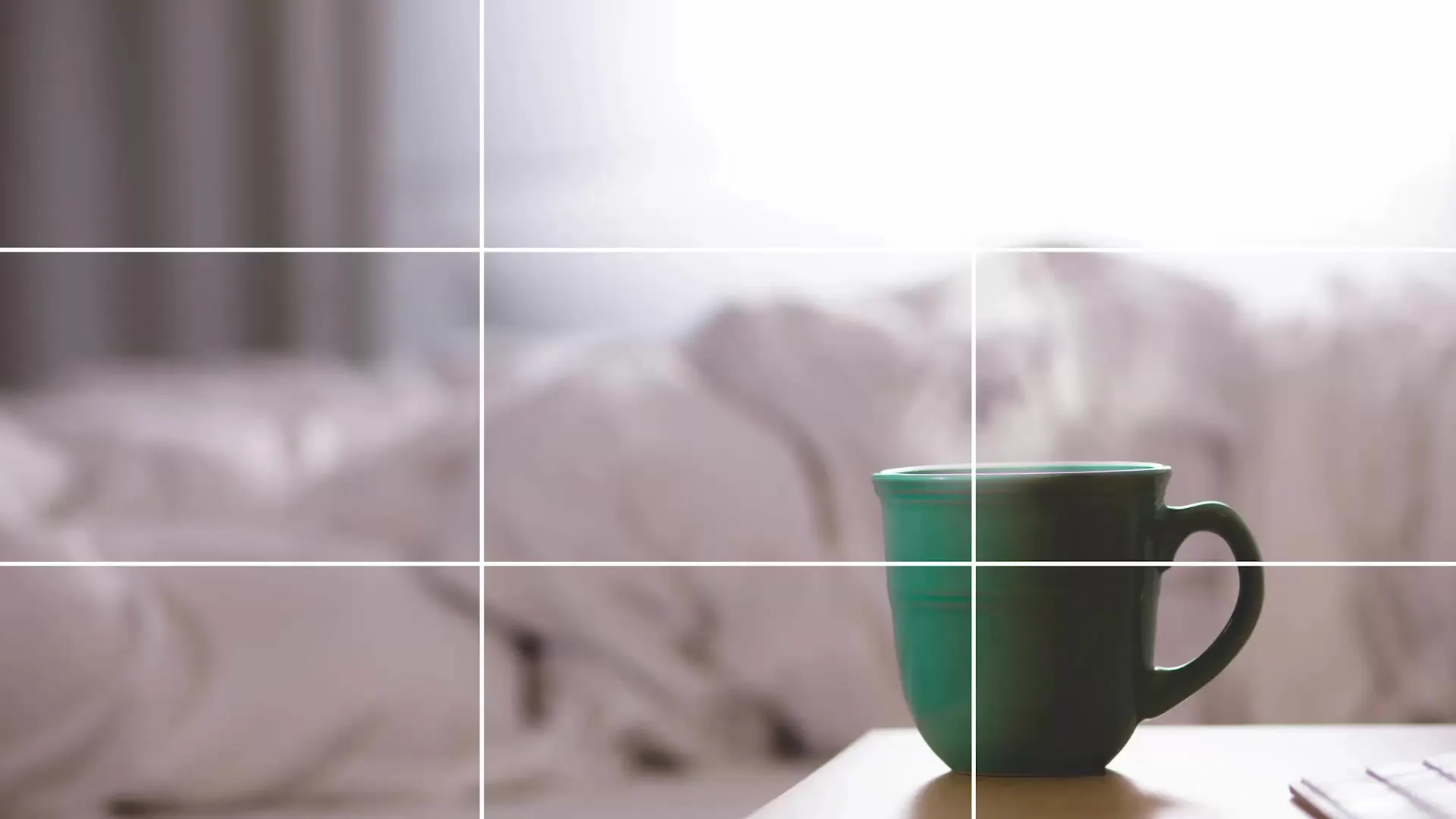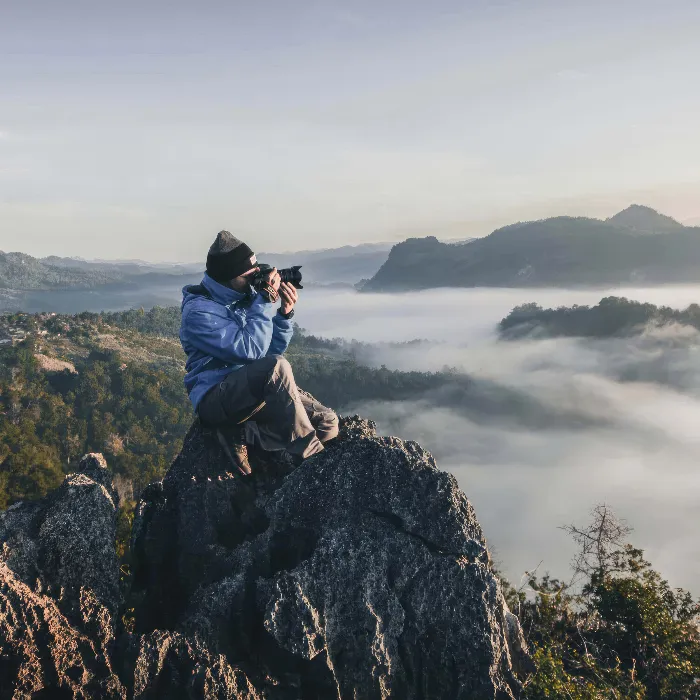The art of photography goes far beyond the mere application of your camera. It is the ability to capture emotions and stories in a single image. A crucial aspect of this is composition, as the way you arrange your subjects can significantly impact the effect of your photos. In this guide, you will learn how to use the Rule of Thirds and the Golden Ratio to enhance the harmonies of your compositions. This will ensure that your images not only look good but also captivate viewers.
Key insights
- The Rule of Thirds and the Golden Ratio contribute to the harmonious design of images.
- Grid lines in the camera aid in aligning subjects.
- It is important to know the rules before you break them.
- Make sure to leave enough space around your subjects for a better image impact.
- Avoid cutting off limbs at joints or at the head to prevent unharmonious images.
Step-by-step guide
1. Understand the basics of the Rule of Thirds The Rule of Thirds is a classic concept in photography that helps you create a harmonious image. You should envision grid lines that divide an image into thirds both horizontally and vertically. You can activate these grids in most cameras to strategically place your subjects. It is important to align the horizon, for example, along one of these lines to create a balanced composition.

2. Apply the Rule of Thirds in landscape photography When taking landscape shots, position the horizon along the bottom or top line of the grid. The bottom line works well for showcasing more sky and the expanse of the landscape. This brings an interesting perspective to your photos and gives viewers the feeling of actually being part of the scene. Ensure that the sky or the landscape provides interesting visual incentives through the Rule of Thirds.
3. Use the rule for portraits For portraits, it is important not to place the main subject in the center. Align your subjects to follow the grid lines. Place the face along one of the vertical lines to create more space for the person's gaze. By leaving minimal space in the background, you get closer to the model and create a more impressive representation. The image becomes more interesting when the person looks slightly in one direction while looking into the space.

4. Pay attention to image cropping When editing or photographing, image cropping is crucial. Avoid cutting off body parts like hands or feet as this can appear unharmonious. If you are already cutting through these body parts, the image appears incomplete and odd. Theoretically, you should always ensure that the subjects in the image are fully visible. This simple step can have significant effects on the overall impact of your images.

5. Give your image space A common problem in photography is cropping images too tightly. Instead, try to leave a bit more space when taking the shot. This helps you compose the image more effectively and allows the viewer to establish a natural connection with your subject. A generous image cut can also be helpful in post-processing if you wish to crop your image later.
6. Experiment with perspective By changing perspective, you can create unique images. For portraits, crouch down a bit to lower the camera to your model's height. With this technique, you gain a different viewpoint that adds depth to your image and makes it more dynamic. The result is often impressive and stands out from ordinary shots.

7. Create stories through background and depth If the lever of the main subject is somewhat smaller and there is a lot of background, you can choose the framing so that the subject aligns with an intersection of the grid lines. Be sure to leave some free space to frame your subjects and tell a story. Backgrounds should never be just empty or uninteresting; they should support the main subject without distracting from the image.

8. Learn from other photographers To develop your own style, it is advisable to follow other photographers working in your field. Get inspired, analyze their techniques, and try to replicate their compositions. There you will learn how photography can evolve through different approaches and styles. You will see that you will not only learn the visuals but also the techniques and timing that set the professionals apart.

Summary – Learning to Photograph: Rule of Thirds & Golden Ratio
The application of the Rule of Thirds and the Golden Ratio in photography is key to creating harmonious and compelling images. When you know the basic rules and apply them in your practice, you will find that your photos will significantly improve in quality and impact. Experiment with different perspectives, be mindful of image cropping, and always leave enough space for your subjects. By creatively playing with these concepts, you will develop your own photographic style.
Frequently Asked Questions
How does the Rule of Thirds work?The Rule of Thirds divides the image into a 3x3 grid to harmoniously place subjects at the intersection points.
What is the Golden Ratio?The Golden Ratio is another compositional principle that creates a harmonious relationship in images, which is often found in nature.
How can I enhance my portraits?Avoid placing faces in the center and follow the Rule of Thirds for a more harmonious effect.
Why is cropping so important?Poor cropping can leave limbs appearing incomplete and negatively affect the image's impact.
How can I create more depth in my photos?Change the perspective by keeping the camera lower or increasing the distance from the subject.


